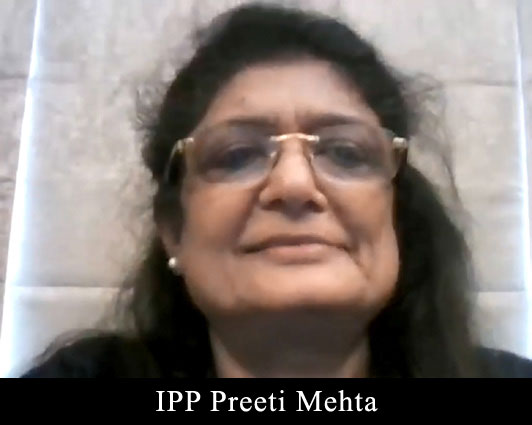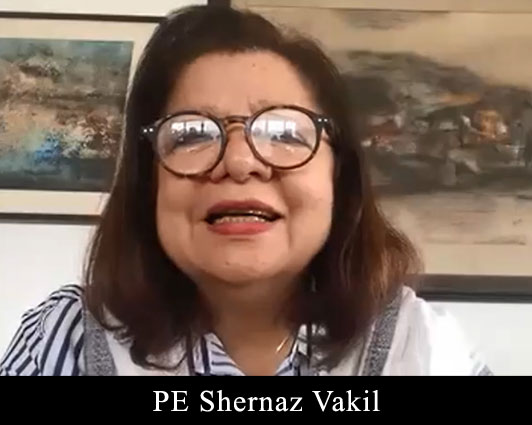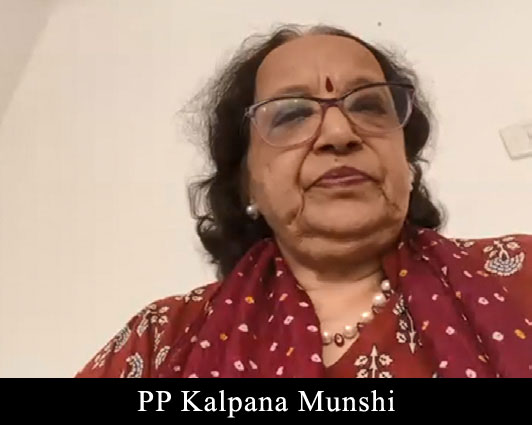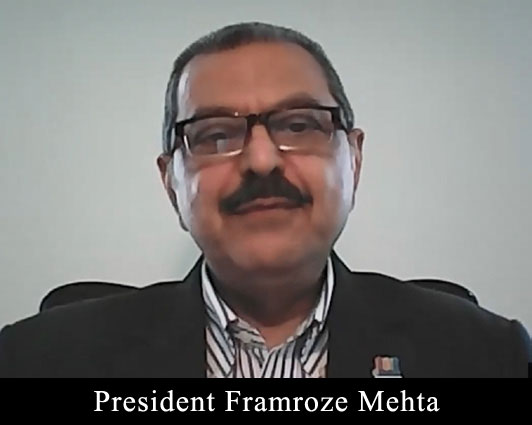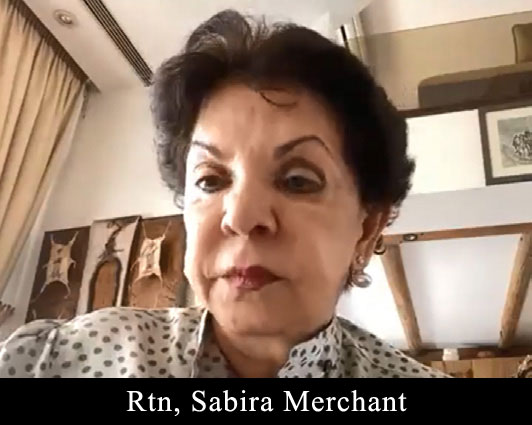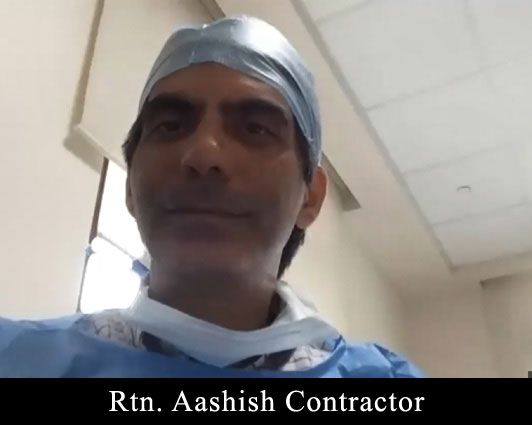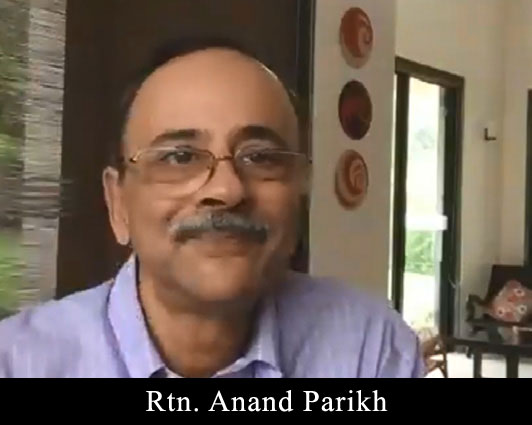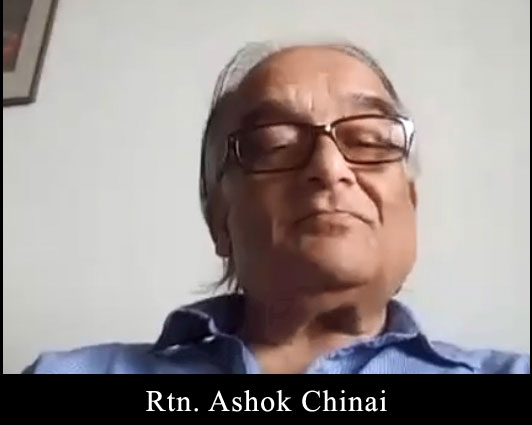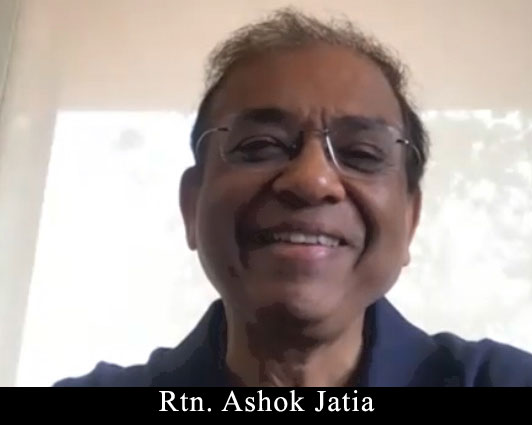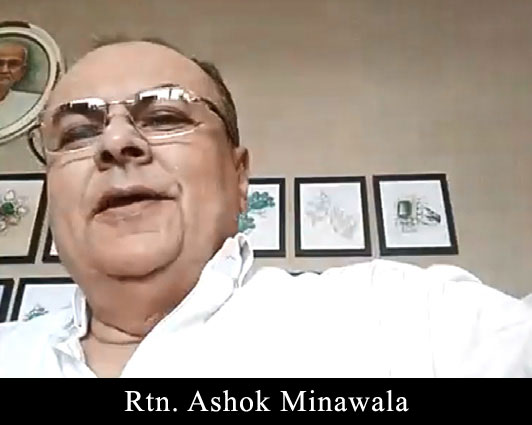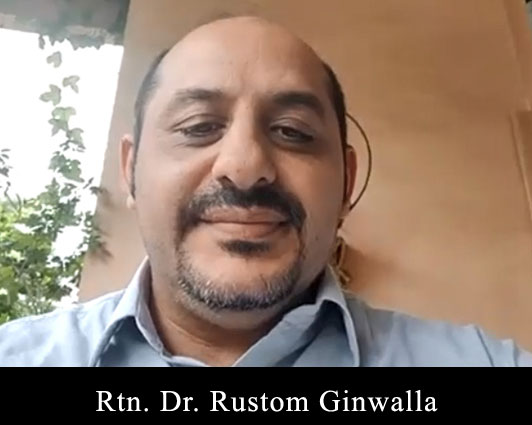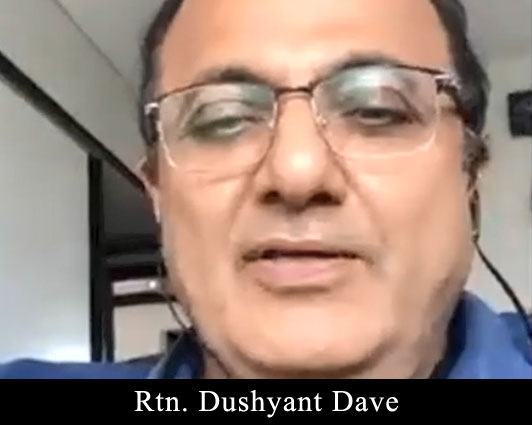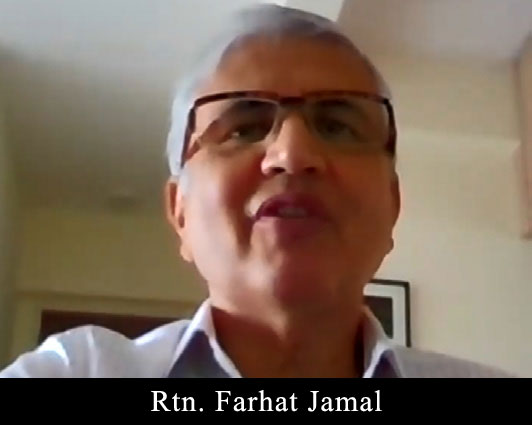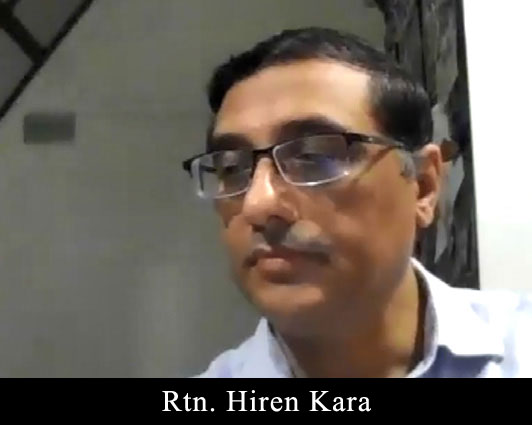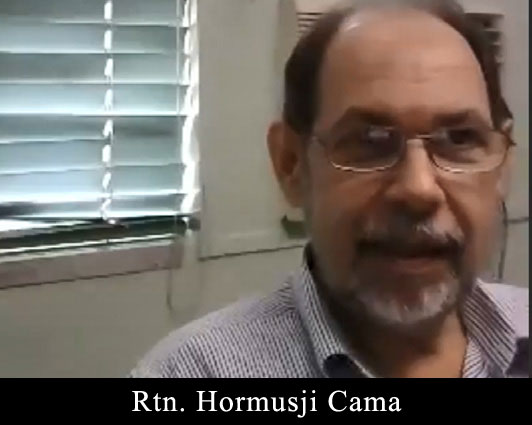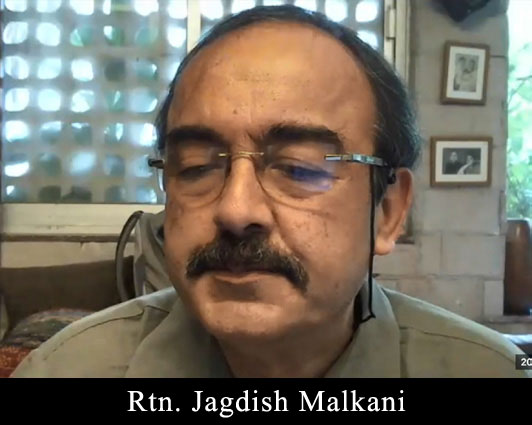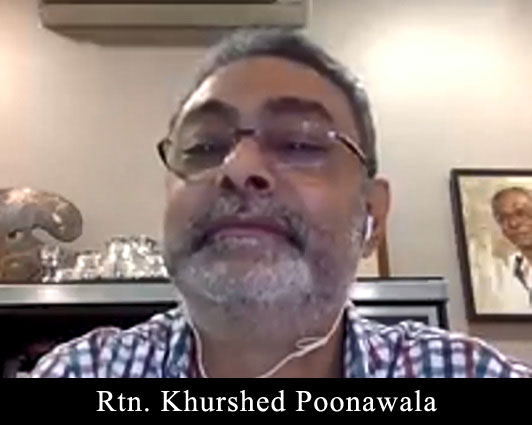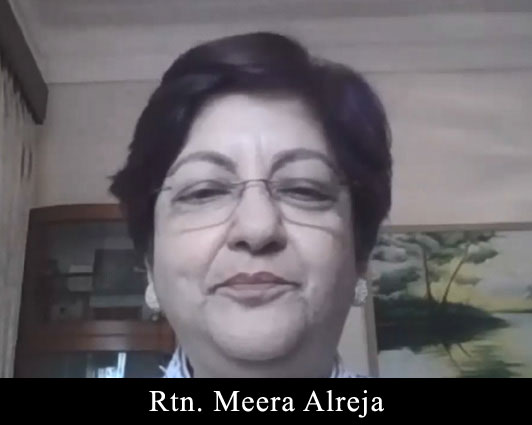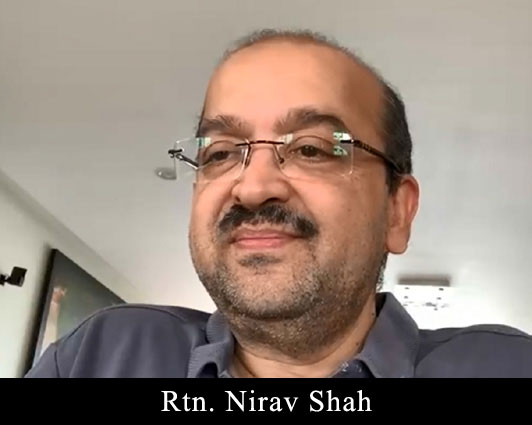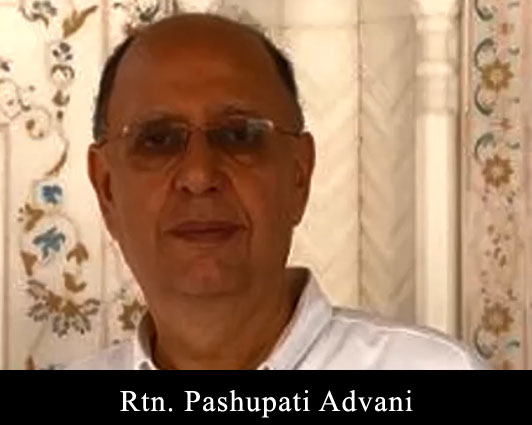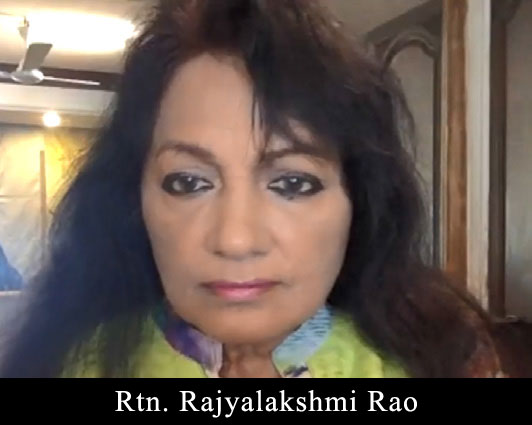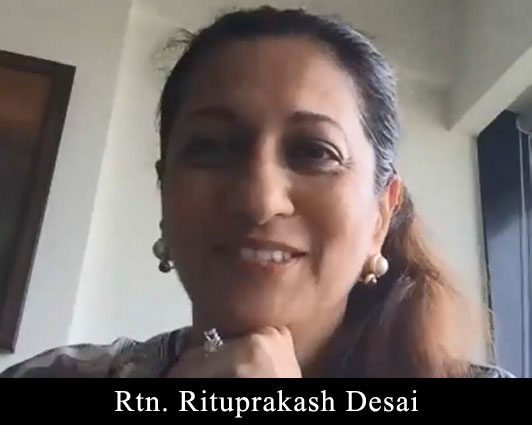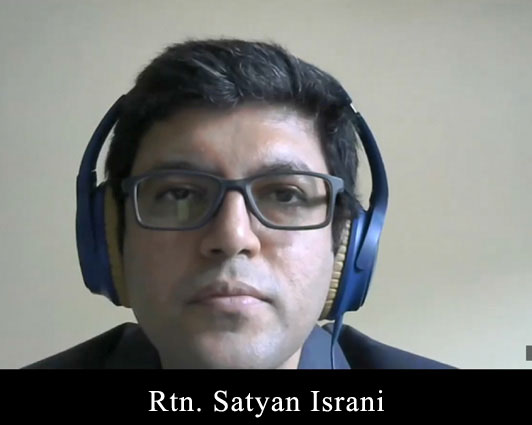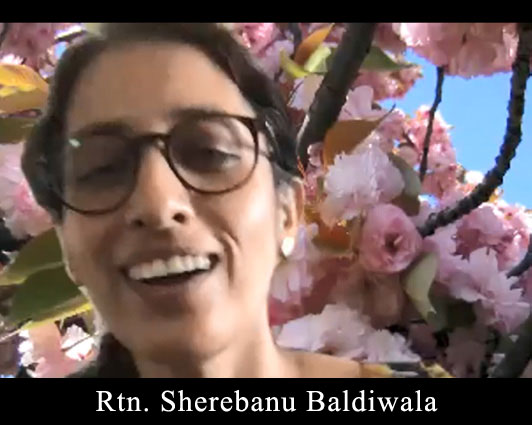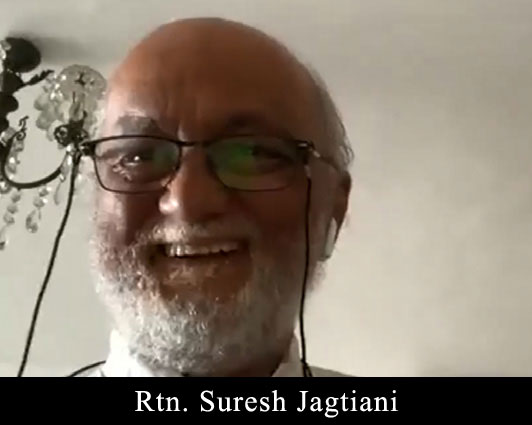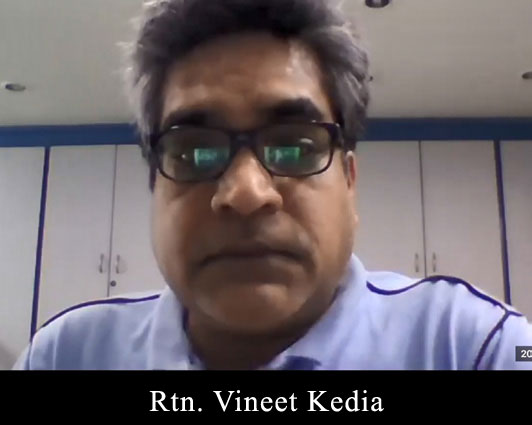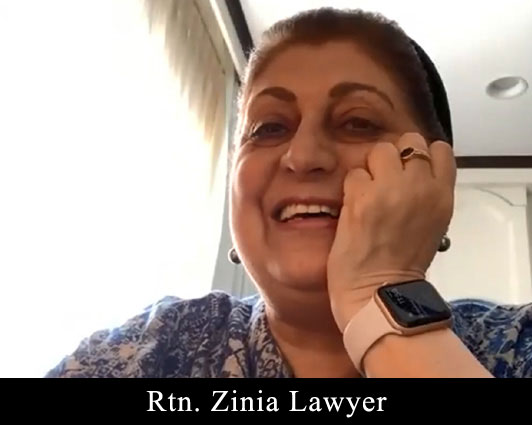
Artist, Sculptor And Entrepreneur, Rouble Nagi Talks About Making India Whole, One Village At A Time
HOW DID YOUR FOOD AND ART JOURNEY BEGIN?
Travel played a huge role in my creativity as I am an army officer’s daughter. A different language every few kilometre, people who look different, eat different food, dress up different.
Dad was posted in Kolkata; those two years were bliss because we went to Shanti Niketan and that was the first turning point. My dad wanted me to become a doctor but I told him that I needed to create something. That is where my art journey began, in school, and I started experimenting. I mixed mud with metal, ceramic with polyceramics. I started painting and sculpting.
I have been married and in Bombay for 20 years, and I decided to take it seriously and study art. I went to London and studied art and political science because I like to study. Now, I have applied for an MA. Age should not be a barrier for learning.
WHAT WAS THE THOUGHT BEHIND MISAAL MUMBAI, A HUGE PROJECT THAT TRANSFORMED THE MUMBAI SLUMS?
When Misaal started in January 2018, we decided to go to slums, paint them, waterproof them, and repair them. The aim was not just to colour the walls of slums because colours would fade away but the main idea was to bring a positive change as to why residents should keep the area clean, learn about hygiene and waste management, and minimise the use of plastic.
While I had worked in slums previously, that was more in the area of education for children, through the Rouble Nagi Art Foundation, which aims to take every Indian child to school. It began in Balwadis, which are learning and skills centres for children. The focus of Misaal Mumbai is education and employment along with these workshops that we do. We began with our first one in Jaffar Baba Colony, Bandra, in continuation with our two-year-old initiative called Paint Dharavi. From one area to another, Misaal Mumbai became Misaal India within a year because we expanded to almost 80 per cent of the other states in the country.
We went to villages being deserted by youngsters due to lack of employment and resources. We wanted to keep them in their villages by providing them a means of employment by skilling them, because I take the Indian population as a boon.
If our population was skilled, that would be the biggest advantage. The biggest change we wanted to bring into people’s mind, through the RN Art Foundation and Misaal Mumbai, was that cleanliness is as important as making the youth and women independent. I have seen women’s enthusiasm – all you have to do is show them the platform and support them.
The Misaal Journey began when we started connecting people from every slum and village. Today, we are present in over 300 areas of the country and we have a big team.
The aim was not just to colour or beautify, but how so many different things that can be done through art. At first, I would go to a slum and say ‘I want to teach your kids, your youngsters, let’s see what kinds of jobs they can get’, people would be like ‘where has she come from? Why is she talking about all this?’
So, we don’t do that for the first five-six days. We just colour. In that last two and a half years, we have done 20 homes, and had 200 people standing behind me wanting to know what’s going on. They’ll ask what I am doing and whether the slums are going to be demolished. That is when you sit with them, converse with them, tell them why you are there. Slowly, gradually, when they understand that this work is grassroot level work and that I am there to help them in whatever way I can, that is when we became one family.
I don’t call Misaal Mumbai an initiative anymore, I call it one big happy family because we have so many volunteers and people connected. It is their love, support and josh that has brought Misaal to this level.
We started with the name Misaal Mumbai because Maharashtra itself has many slums and within a year it became Misaal India because we received so many requests to replicate the model elsewhere.
YOU HAVE BEEN INVOLVED IN CULTURE, PAINTING, RN ART FOUNDATION, MISSION MISAAL, HOW DO YOU DABBLE WITH ALL THIS AT THE SAME TIME?
I give full credit to my Misaal India team. We started with 38 people in the first slum and today have a million volunteers. Not everyone can come every day but anyone who can give time over the weekend can join us. Someone from HSBC Bank, who was earning quite well, quit his job and joined us, not for lakhs but whatever we could pay.
In his interview, I asked him if he was sure because he had a family to look after. He insisted and said, ‘Give me at least five years’. The original 38 team members are still with us. That was our aim of the initiative – it was not just colouring, it was about connecting people.
I don’t get too much time to do art now. My last show was at the Rashtrapati Bhavan three years ago. I have not been inspired to paint since then. So I am picking up very few projects when it comes to art, like all the Metro Station art work. I am picking up large-scale projects where I don’t need to be timed.
The Rouble Nagi 10 years ago was a different Rouble Nagi and the Rouble Nagi you see today is completely different. We do a lot of activities in Balwadi which keeps them focussed on continuing school. In most government schools, there is an almost 23 per cent dropout rate. There are different reasons: poverty, accessibility, availability, but now, we have their data base because 80 per cent of those kids were also studying with us in the Balwadis. So if we see a kid not going to school due to something for a few days, we address it with the parents, take it back to the teachers. You don’t want to stop kids at at 8th standard, you want minimum 12th standard. Once there, they don’t want to not continue, they want to do graduation.
We live in the 21st century but some people don’t know what to do after the 12th. They don’t know which college to go to, they don’t know what to take Arts or Science or Commerce, how to apply. We guide wherever we can. So many of them want to join the army or air force but they don’t know how to do it.
HAVE YOU SEEN VISIBLE CHANGE WITH PEOPLE GETTING JOBS FROM YOUR EDUCATION INITIATIVE?
The Rouble Nagi Art Foundation has worked in rural India and urban slums for 10 years. My boys and girls are working all over India at amazing posts and some of them are connected with us today as well. We have reached the 50 per cent employment mark with our kids.
It is not that as soon as you are done with your education and studies, you get a job immediately. I tell the youngsters that they need to work hard, be patient, there are about thousands behind you who want the same thing. So, don’t give up. Youngsters get demoralised, their hearts are broken too easily nowadays. I always tell them that no world was built in a day. Sooner or later you will get there.
Not just job-seekers, we have made young business entrepreneurs. We have started water filter pumps for them, garages and automobile centres. Some people don’t want to work for anyone else. When that person starts doing business, they employ five more people. That is how it becomes a change. We are still trying, we are trying from lots of corporates and multinational companies. Not just India, we also are trying to reach some of the outside groups. Like we have got from Spain, France, Bangladesh, Jordan. In fact, now we are planning to take Misaal international. We would have done it this year if Covid had not happened, but next year we will go to different countries.
DO YOU HAVE A ROLE MODEL? WHO DO YOU LOOK UP TO?
In art, I was inspired by Amrita Sher Gil’s work. In Kolkata, dad took us to visit galleries, museums and the art just kind of gets to you. I never knew that I would probably be an artist, get married and go to a family where you don’t really need to work outside.
I met Mother Theresa when I was in school in Kolkata. I remember her telling my father that your daughter will do something. I have always looked up to her and it was a dream come true for me to be sitting next to her. Those five to six minutes with her were amazing.
PLEASE SHARE SOME OF THE CHALLENGES.
At one point, people came to beat us up because they thought we were from some political party and had come to take their land. I am very daring; I was brought up with two elder brothers, so I was treated as a third boy. I have told people to not think that I needed other people to do my work for me.
I had my room in every slum that I worked in and I slept there at night when it got late at work. Sometimes my son asked me if I was not coming home and I would say no, I am with my other kids today.
HOW DO YOU SEE THE FUTURE OF MISAAL MUMBAI IN A FEW YEARS? DO YOU HAVE A ROADMAP FOR THAT?
Like I said, Misaal Mumbai is now not only Misaal Mumbai, it is Misaal India and we are going internationally, we would have done it this year. So, the main thing is more and more kids in school, generations of employment, making women come to the forefront rather than them being only in the background.
We want them to come forward and join us, show their capability, and become more independent. We promote high sanitation and waste management. We still have eight more states to go, that is the future, so that will complete the entire map of India for us in all states.
HAS COVID-19 MADE ANY IMPACT ON YOUR WORK?
Covid time has become busier for us. It was much easier earlier when everyone was physically able to go and teach. During Covid, we have touched almost two lakh families. From day 1, we have
Rtn. Hiren given them hygiene kits and rations because right now, the most important thing was that nobody should sleep hungry in our country. Our team has done a phenomenal job. They have reached areas that could not be reached by Gram Panchayats. My Rajasthan girls distributed 20,000 masks to eight-nine villages, they connected to Alwar district. In Hyderabad, Bihar, Kerala they did it. My team has gone door to door distributing stuff to everyone.
Covid has also been tough; we lost a very senior team member, an artist from Hyderabad as well, which is heart-breaking but this is something you cannot do anything about. All you can do is wear your mask, maintain social distancing and just be careful and educate people. Many people don’t know what to do because they don’t have television, and they do not operate phones.
HOW DO YOU MANAGE FUNDS?
We do different CSR activities with corporates, we do BPCL, ONGC, we have a lot of CSR programmes and also fund-raisers. That is the main source of our funding. We are open to donations from Rotary. (Laughing)
DOES YOUR FAMILY SUPPORT YOU COMPLETELY IN THIS ENDEAVOUR?
More than 100 per cent. If it wasn’t for my husband, I don’t think I would have been able to do anything. He has been the pillar of my work since day one.
WHAT IS THE CONNECTION BETWEEN YOUR NAME AND THE RUSSIAN CURRENCY?
Rouble means light, in Arabic and in Sanskrit both. So, my father, probably when he saw me, he was not even there when I was born, he was on the border. Mom delivered me in the house.
Even now when we sit together in the evening, she jokes that you were to eager to come, you couldn’t even let me reach the house. Your dad was coming the next day. So, I was born in a very small village, mum didn’t have a concrete room at that time, she had a mitti ke banaa ghar.
I was born in the hands of Dai maa and my father’s elder brother’s wife. So, my father came the next and saw me and he said when I looked at you, I said, “this is my Rouble.” So, I said to him, I hope you knew the meaning of Rouble, he said yes it meant light. I don’t know how the spelling went around as the currency. The name meaning is Light.

